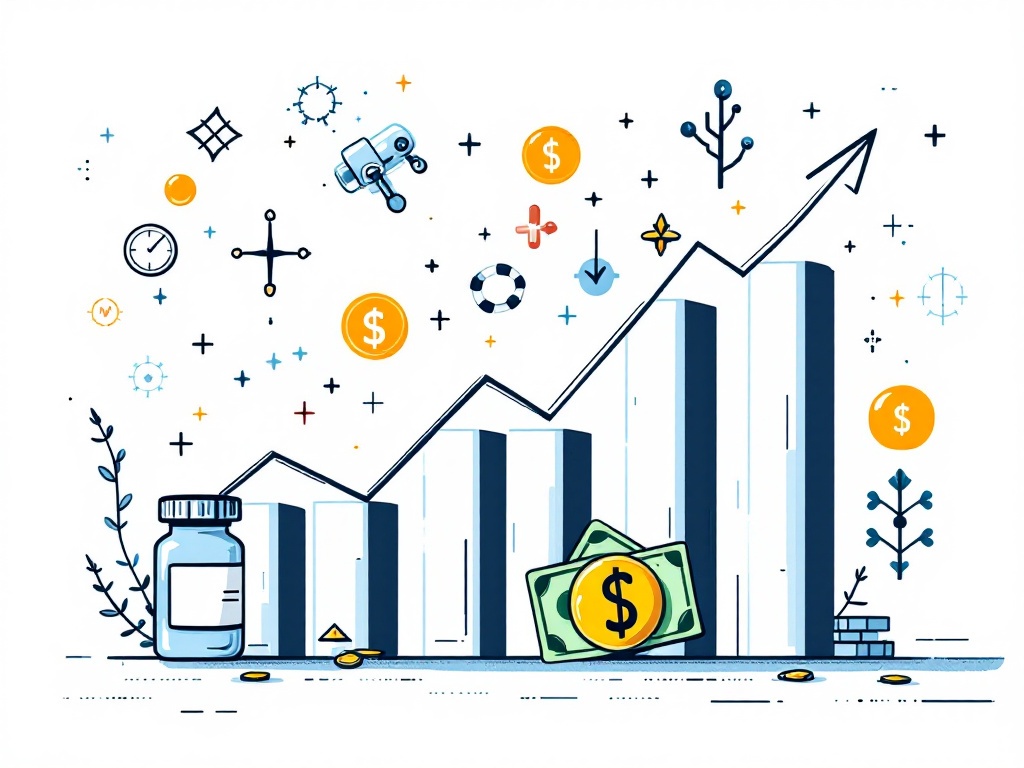Global Heparin Market Poised for Significant Growth by 2028

Global, Thursday, 2 January 2025.
The global heparin market is projected to grow from $6,535 million in 2020 to $11,015 million by 2028, driven by rising demand for anticoagulants and advancements in healthcare.
Market Growth Trajectory
The heparin market is demonstrating robust expansion with a compound annual growth rate (CAGR) of 6.6% from 2021 to 2028 [1]. This growth trajectory is particularly evident in recent valuations, with the market reaching over USD 7 billion in 2022 [1]. The surge in demand is primarily attributed to increasing cases of cardiovascular diseases and the growing complexity of surgical procedures [1].
Key Market Drivers
Several factors are propelling this market expansion. The aging global population and rising prevalence of chronic lifestyle diseases are creating sustained demand for anticoagulant therapies [1]. Additionally, technological innovations have led to significant improvements in heparin products, including the development of synthetic and semi-synthetic alternatives to traditional unfractionated heparin [1]. These advancements, stemming from research conducted between 2003 and 2008, have resulted in more effective low molecular weight heparins since 2011 [2].
Regional Market Dynamics
North America currently holds the dominant position in the global heparin market, benefiting from its well-established healthcare infrastructure and high awareness of cardiovascular risks [1]. The United States leads in both consumption and research initiatives focused on novel applications. Meanwhile, the Asia-Pacific region is positioned for the fastest growth rate in the coming years, with countries like India and China showing increased adoption rates driven by government healthcare initiatives [1].
Supply Chain and Production
The production of pharmaceutical-grade heparin relies primarily on mucosal tissue extracted from pigs and cattle [2]. Major market players including Sanofi S.A., Fresenius SE & Co KGaA, Viatris Inc., Pfizer Inc., and Teva Pharmaceuticals [1] are continuously working to optimize production processes. The industry has diversified its sourcing methods, with heparin now being extracted from various sources including turkeys, marine animals, and other livestock [2], ensuring a more stable supply chain for this critical medication.